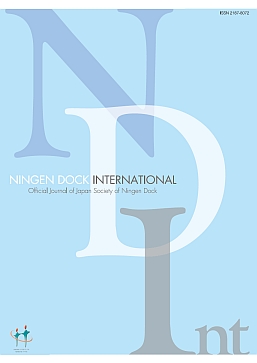8 巻, 1 号
選択された号の論文の9件中1~9を表示しています
- |<
- <
- 1
- >
- >|
Review Article
-
2021 年8 巻1 号 p. 3-8
発行日: 2021年
公開日: 2021/04/08
PDF形式でダウンロード (319K)
Original Article
-
2021 年8 巻1 号 p. 9-16
発行日: 2021年
公開日: 2021/04/08
PDF形式でダウンロード (195K) -
2021 年8 巻1 号 p. 17-21
発行日: 2021年
公開日: 2021/04/08
PDF形式でダウンロード (1067K) -
2021 年8 巻1 号 p. 22-31
発行日: 2021年
公開日: 2021/04/08
PDF形式でダウンロード (397K) -
2021 年8 巻1 号 p. 32-38
発行日: 2021年
公開日: 2021/04/08
PDF形式でダウンロード (109K)
Case Report
-
2021 年8 巻1 号 p. 39-43
発行日: 2021年
公開日: 2021/04/08
PDF形式でダウンロード (792K) -
2021 年8 巻1 号 p. 44-53
発行日: 2021年
公開日: 2021/04/08
PDF形式でダウンロード (1546K) -
2021 年8 巻1 号 p. 54-58
発行日: 2021年
公開日: 2021/04/08
PDF形式でダウンロード (874K) -
2021 年8 巻1 号 p. 59-63
発行日: 2021年
公開日: 2021/04/08
PDF形式でダウンロード (1085K)
- |<
- <
- 1
- >
- >|
